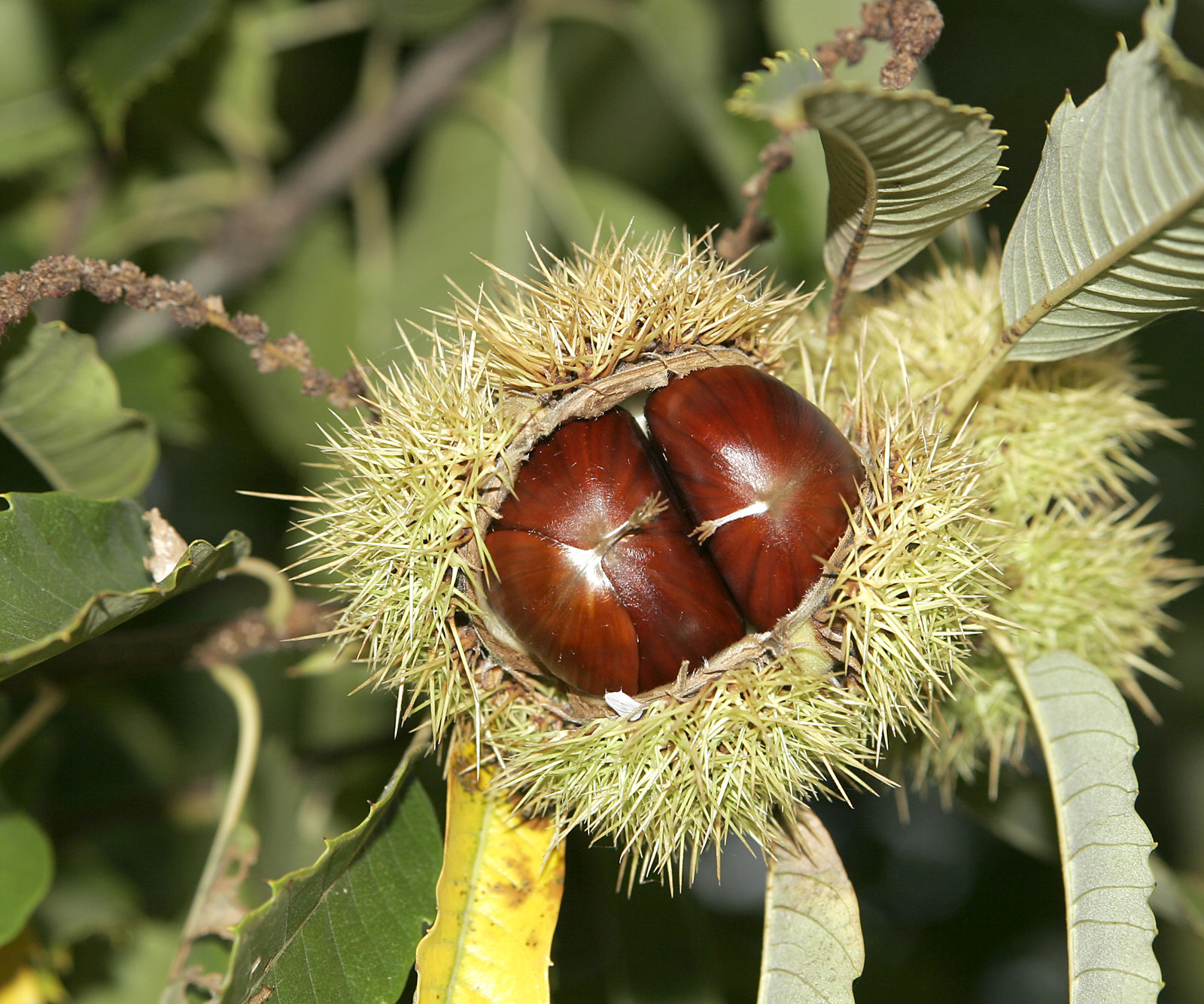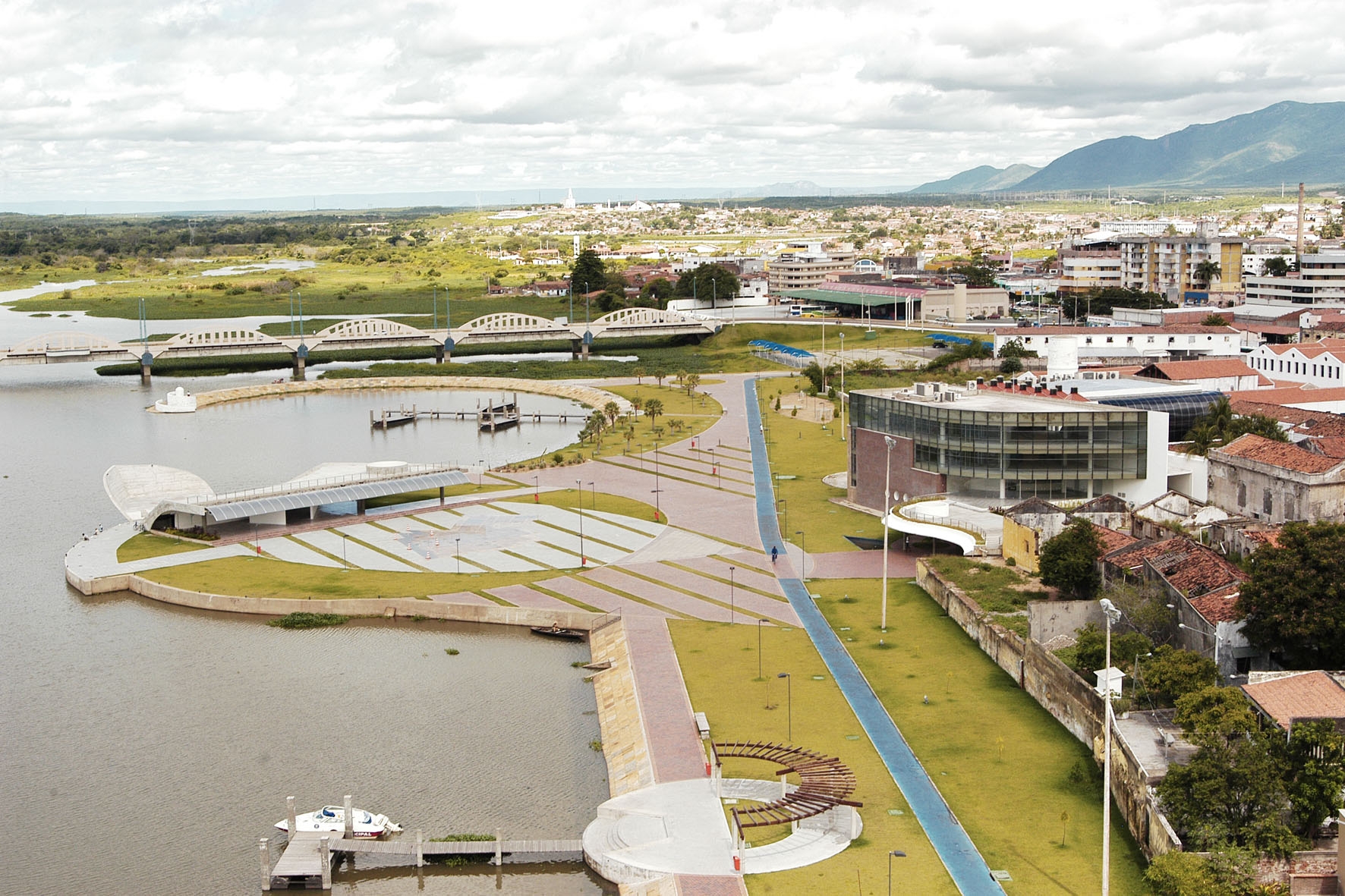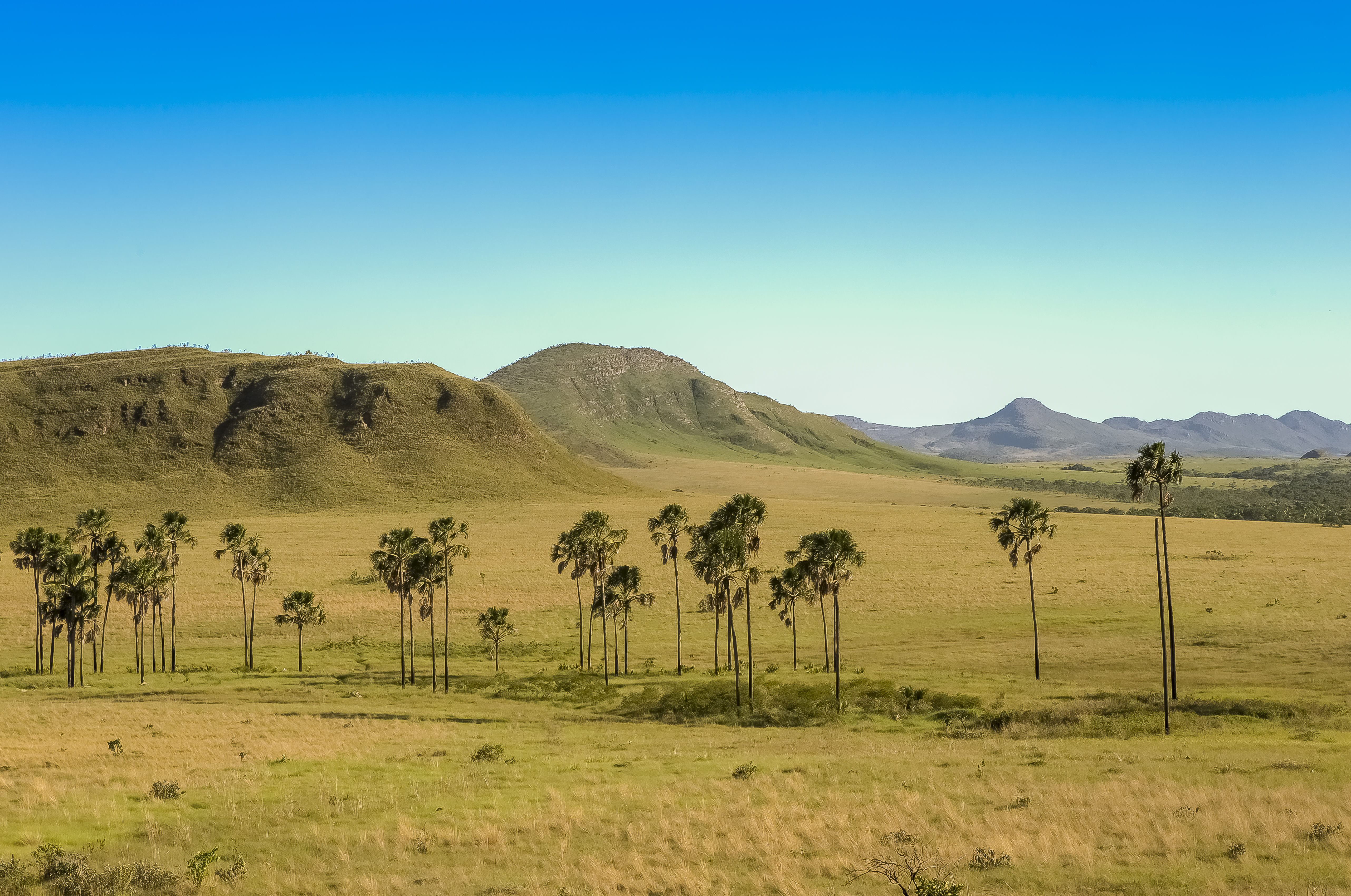|
Spotted Nothura
__NOTOC__ The spotted nothura (''Nothura maculosa'') is a species of tinamou. This bird is native to grassy habitats in eastern and southern Brazil, Paraguay,Bolivia, Uruguay, and eastern and northern Argentina.Clements, J. (2007) Description The spotted nothura is approximately in length. The upper parts are brown with streaked buff. The under parts are buff streaked with black and brown on the breast, with barring to the flanks. Its crown is black streaked with buff and the throat is white. The overall hue in colour varies greatly over its range; in part caused by the differences in soil at the specific localities. It and the closely related Chaco nothura, ''N. chacoensis'', are the only nothuras with barring to both webs of the primaries. The legs are dull yellowish-grey or brown. Behavior The call of the spotted nothura is a series of brief high-pitched notes. Feeding The spotted nothura eats plants, typically seeds, and animal matter. In Argentina they seem to eat more of ... [...More Info...] [...Related Items...] OR: [Wikipedia] [Google] [Baidu] |
Coenraad Jacob Temminck
Coenraad Jacob Temminck (; 31 March 1778 – 30 January 1858) was a Dutch people, Dutch patrician, Zoology, zoologist and museum director. Biography Coenraad Jacob Temminck was born on 31 March 1778 in Amsterdam in the Dutch Republic. From his father, Jacob Temminck, who was treasurer of the Dutch East India Company with links to numerous travellers and collectors, he inherited a large collection of bird specimens. His father was a good friend of Francois Levaillant who also guided Coenraad. Temminck's ''Manuel d'ornithologie, ou Tableau systématique des oiseaux qui se trouvent en Europe'' (1815) was the standard work on European birds for many years. He was also the author of ''Histoire naturelle générale des Pigeons et des Gallinacées'' (1813–1817), illustrated by Pauline Rifer de Courcelles, Pauline Knip. He wrote ''Nouveau Recueil de Planches coloriées d'Oiseaux'' (1820–1839), and contributed to the mammalian sections of Philipp Franz von Siebold's ''Fauna jap ... [...More Info...] [...Related Items...] OR: [Wikipedia] [Google] [Baidu] |
Maroon (color)
Maroon ( , ) is a brownish crimson color that takes its name from the French word , meaning chestnut. ''Marron'' is also one of the French translations for "brown". Terms describing interchangeable shades, with overlapping RGB ranges, include burgundy, claret, mulberry, and crimson. Different dictionaries define maroon differently. The ''Cambridge English Dictionary'' defines maroon as a dark reddish-purple color while its "American Dictionary" section defines maroon as dark brown-red. Lexico online dictionary defines maroon as a brownish-red. Similarly, Dictionary.com defines maroon as a dark brownish-red. The '' Shorter Oxford English Dictionary'' describes maroon as "a brownish- crimson or claret colour," while the Merriam-Webster online dictionary simply defines it as a dark red. In the sRGB color model for additive color representation, the web color called maroon is created by turning down the brightness of pure red to about one half. It is also noted that ... [...More Info...] [...Related Items...] OR: [Wikipedia] [Google] [Baidu] |
Ceará
Ceará (, ) is one of the 26 states of Brazil, located in the Northeast Region, Brazil, northeastern part of the country, on the Atlantic Ocean, Atlantic coast. It is the List of Brazilian states by population, eighth-largest Brazilian State by population and the List of Brazilian states by area, 17th by area. It is also one of the main tourist destinations in Brazil. The List of capitals in Brazil, state capital is the city of Fortaleza, the country's fourth most populous city. The state has 4.3% of the Brazilian population and produces 2.1% of the Brazilian GDP. It is divided into 184 municipalities. Literally, the name ''Ceará'' means "sings the Aratinga, jandaia". According to José de Alencar, one of the most important writers of Brazil and an authority in Tupi Guaraní, ''Ceará'' means turquoise or green waters. The state is best known for its extensive coastline, with of sand. There are also mountains and valleys producing tropical fruits. To the south, on the border o ... [...More Info...] [...Related Items...] OR: [Wikipedia] [Google] [Baidu] |
Neuquén Province
Neuquén () is a Provinces of Argentina, province of Argentina, located in the west of the country, at the northern end of Patagonia. It borders Mendoza Province to the north, Rio Negro Province to the southeast, and Chile to the west. It also meets La Pampa Province at its northeast corner. History The Neuquén Province receives its name from the Neuquén River. The term ''"Neuquén"'' derives from the Mapudungun (a local dialect of the Mapuche language) word ''"Nehuenken"'' meaning ''drafty'', which the aborigines used for the river. The word (without the accentuation) is a palindrome. Lácar Department in Neuquén Province has the southernmost known remains of maize before it was further diffused by the Inca Empire. Maize remains were found as far south as 40°19' S in Melinquina, with it being found inside pottery dated to 730 ±80 BP and 920 ±60 BP. This maize was probably brought across the Andes from Peru during the Inca Empire that also reached Chile. Agriculture was ... [...More Info...] [...Related Items...] OR: [Wikipedia] [Google] [Baidu] |
Rio Negro Province
Rio or Río is the Portuguese and Spanish word for "river". The word also exists in Italian, but is largely obsolete and used in a poetical or literary context to mean "stream". Rio, RIO or Río may also refer to: Places United States * Rio, Florida, a census-designated place * Rio, Georgia, an unincorporated community * Rio, Illinois, a village * Rio, a location in Deerpark, New York * Rio, Virginia, a community * Rio, West Virginia, a village * Rio, Wisconsin, a village * El Río, Las Piedras, Puerto Rico, a barrio Elsewhere * Rio de Janeiro, Brazil, often referred to as simply Rio * Rio, Italy, a municipality on the island of Elba in Tuscany * Rio, Greece, a community in suburban Patras People * Rio (given name) * Rio (surname) * Tina Yuzuki (born 1986), also known as Rio, Japanese AV idol Arts and entertainment Films * ''Rio'' (1939 film), starring Basil Rathbone * ''Rio'' (franchise), a film series and related media * ''Rio'' (2011 film), an animated film from 2 ... [...More Info...] [...Related Items...] OR: [Wikipedia] [Google] [Baidu] |
Bahia
Bahia () is one of the 26 Federative units of Brazil, states of Brazil, located in the Northeast Region, Brazil, Northeast Region of the country. It is the fourth-largest Brazilian state by population (after São Paulo (state), São Paulo, Minas Gerais, and Rio de Janeiro (state), Rio de Janeiro) and the 5th-largest by area. Bahia's capital is the city of Salvador, Bahia, Salvador (formerly known as "Cidade do São Salvador da Bahia de Todos os Santos", literally "City of the Holy Savior of the Bay of All the Saints"), on a Spit (landform), spit of land separating the Bay of All Saints from the Atlantic. Once a stronghold of supporters of direct rule of Brazil by the Portuguese monarchy, and dominated by Agriculture in Brazil, agricultural, Slavery in Brazil, slaving, and ranching interests, Bahia is now a predominantly Working class, working-class industrial and agricultural state. The state is home to 7% of the Brazilian population and produces 4.2% of the country's GDP. It is ... [...More Info...] [...Related Items...] OR: [Wikipedia] [Google] [Baidu] |
Goiás
Goiás () is a Brazilian States of Brazil, state located in the Central-West Region, Brazil, Central-West region. Goiás borders the Federal District (Brazil), Federal District and the states of (from north clockwise) Tocantins, Bahia, Minas Gerais, Mato Grosso do Sul and Mato Grosso. The state capital is Goiânia. With 7.2 million inhabitants, Goiás is the most populous state in the Central-West region and the List of Brazilian states by population, 11th most populous in the country. It has the List of Brazilian federative units by gross regional product, ninth largest economy among Brazilian federative units. In Brazil's geoeconomic division, Goiás belongs to the Centro-Sul (Center-South), being the northernmost state of the southern portion of Brazil. The state has 3.3% of the Brazilian population and is responsible for 2.7% of the Brazilian GDP. The history of Goiás dates back to the beginning of the 18th century, with the arrival of pioneers from São Paulo. The Rio Verm ... [...More Info...] [...Related Items...] OR: [Wikipedia] [Google] [Baidu] |
Minas Gerais
Minas Gerais () is one of the 27 federative units of Brazil, being the fourth largest state by area and the second largest in number of inhabitants with a population of 20,539,989 according to the 2022 Brazilian census, 2022 census. Located in the Southeast Region, Brazil, Southeast Region of the country, it is bordered to south and southwest by São Paulo (state), São Paulo; Mato Grosso do Sul to the west; Goiás and the Federal District (Brazil), Federal District to the northwest; Bahia to the north and northeast; Espírito Santo to the east; and Rio de Janeiro (state), Rio de Janeiro to the southeast. The state's capital and largest city, Belo Horizonte, is a major urban and finance center in Brazil, being the List of largest cities in Brazil#Top 115 most populous cities and state capitals, sixth most populous municipality in the country while its Greater Belo Horizonte, metropolitan area ranks as the List of metropolitan areas in Brazil, third largest in Brazil with just ov ... [...More Info...] [...Related Items...] OR: [Wikipedia] [Google] [Baidu] |
Bergmann's Rule
Bergmann's rule is an ecogeographical rule that states that, within a broadly distributed taxonomic clade, populations and species of larger size are found in colder environments, while populations and species of smaller size are found in warmer regions. The rule derives from the relationship between size in linear dimensions meaning that both height and volume will increase in colder environments. Bergmann's rule only describes the overall size of the animals, but does not include body proportions like Allen's rule does. Although originally formulated in relation to species within a genus, it has often been recast in relation to populations within a species. It is also often cast in relation to latitude. It is possible that the rule also applies to some plants, such as '' Rapicactus''. The rule is named after nineteenth century German biologist Carl Bergmann, who described the pattern in 1847, although he was not the first to notice it. Bergmann's rule is most often applied t ... [...More Info...] [...Related Items...] OR: [Wikipedia] [Google] [Baidu] |
Gloger's Rule
Gloger's rule is an ecogeographical rule which states that within a species of endotherms, more heavily pigmented forms tend to be found in more humid environments, e.g. near the equator. It was named after the zoologist Constantin Wilhelm Lambert Gloger, who first remarked upon this phenomenon in 1833 in a review of covariation of climate and avian plumage color. Erwin Stresemann later noted that the idea had been expressed even earlier by Peter Simon Pallas in ''Zoographia Rosso-Asiatica'' (1811). Gloger found that birds in more humid habitats tended to be darker than their relatives from regions with higher aridity. Over 90% of 52 North American bird species studies conform to this rule. One explanation of Gloger's rule in the case of birds appears to be the increased resistance of dark feathers to feather- or hair-degrading bacteria such as ''Bacillus licheniformis''. Feathers in humid environments have a greater bacterial load, and humid environments are more suitable for ... [...More Info...] [...Related Items...] OR: [Wikipedia] [Google] [Baidu] |
Cline (biology)
In biology, a cline is a measurable gradient in a single characteristic (or biological trait) of a species across its geographical range. Clines usually have a genetic (e.g. allele frequency, blood type), or phenotypic (e.g. body size, skin pigmentation) character. They can show either smooth, continuous gradation in a character, or more abrupt changes in the trait from one geographic region to the next. A cline is a spatial gradient in a single specific trait, rather than in a collection of traits; a single population can therefore have as many clines as it has traits, at least in principle. Additionally, as Julian Huxley recognised, these multiple independent clines may not act in concordance with each other. For example, it has been observed that in Australia, birds generally become smaller the further towards the north of the country they are found. In contrast, the intensity of their plumage colouration follows a different geographical trajectory, being most vibrant where ... [...More Info...] [...Related Items...] OR: [Wikipedia] [Google] [Baidu] |
Subspecies
In Taxonomy (biology), biological classification, subspecies (: subspecies) is a rank below species, used for populations that live in different areas and vary in size, shape, or other physical characteristics (Morphology (biology), morphology), but that can successfully interbreed. Not all species have subspecies, but for those that do there must be at least two. Subspecies is abbreviated as subsp. or ssp. and the singular and plural forms are the same ("the subspecies is" or "the subspecies are"). In zoology, under the International Code of Zoological Nomenclature, the subspecies is the only taxonomic rank below that of species that can receive a name. In botany and mycology, under the International Code of Nomenclature for algae, fungi, and plants, other infraspecific name, infraspecific ranks, such as variety (botany), variety, may be named. In bacteriology and virology, under standard International Code of Nomenclature of Prokaryotes, bacterial nomenclature and virus clas ... [...More Info...] [...Related Items...] OR: [Wikipedia] [Google] [Baidu] |





